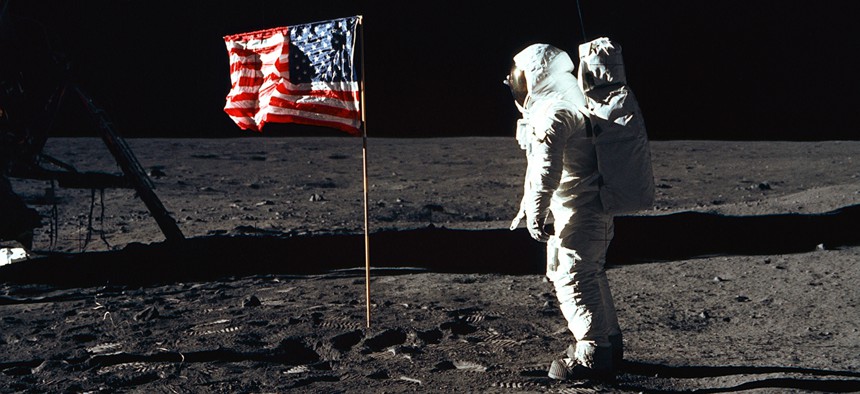Inaugural Inductees Into Government Hall of Fame Unveiled
From Clara Barton to the Apollo 11 crew, these exemplary individuals have made historic contributions to American government.
Government Executive Media Group on Thursday announced the inaugural members of the Government Hall of Fame, including Clara Barton, Theodore Roosevelt, Frances Perkins and the Apollo 11 astronauts.
Government Executive created the Hall of Fame this year in connection with its 50th anniversary. It honors the best of the best: those who have demonstrated sustained achievement and unparalleled dedication to public service. The Hall of Fame inductees have had an historic impact on changing government for the better, and their stories serve as an inspiration to others.
The inaugural class includes a mix of distinguished individuals from all eras since 1850—roughly the dawn of modern American government. An elite selection committee of former federal officials and public administration experts chose the 20 members of the inaugural class. Additional inductees from all eras will be added in the coming years.
More information about the Hall of Fame and the Leadership Awards
Government Executive will honor the Hall of Fame inductees at a gala event on the evening of Sept. 19 at Washington National Cathedral. The gala also will recognize the first-ever recipients of the Theodore Roosevelt Government Leadership Awards.
Here are the inaugural members of the Government Hall of Fame:
Apollo 11 Astronauts: Edwin “Buzz” Aldrin, Neil Armstrong, and Michael Collins
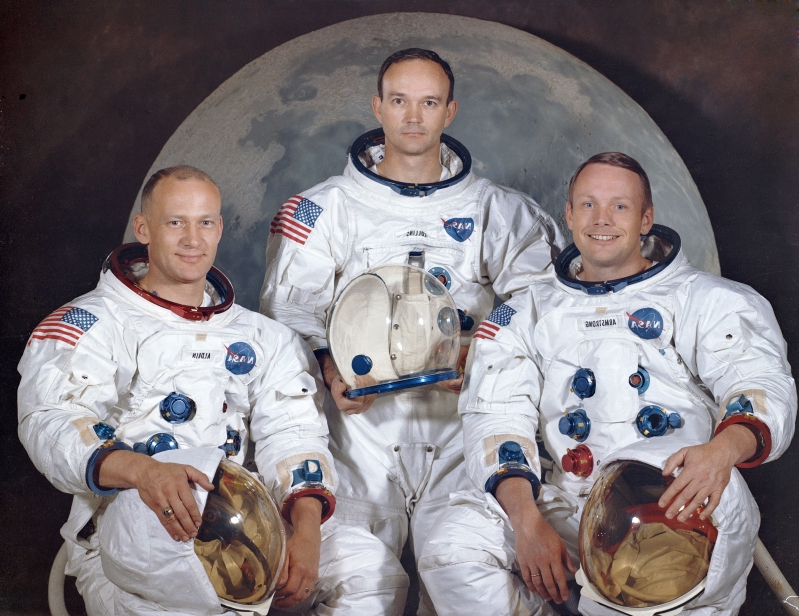
The heroes of the first landing on the moon 50 years ago had distinguished careers in the military before their historic mission in 1969 and demonstrated a deep commitment to public service afterward. Their mission marked the achievement of President Kennedy’s challenge to send astronauts to the moon and return them safely to Earth. After leaving NASA, Aldrin led the Air Force’s test pilot school. Armstrong served on NASA commissions investigating the Apollo 13 mission and the space shuttle Challenger tragedy. Collins served as an assistant secretary of State and as director of the National Air and Space Museum.
Clara Barton
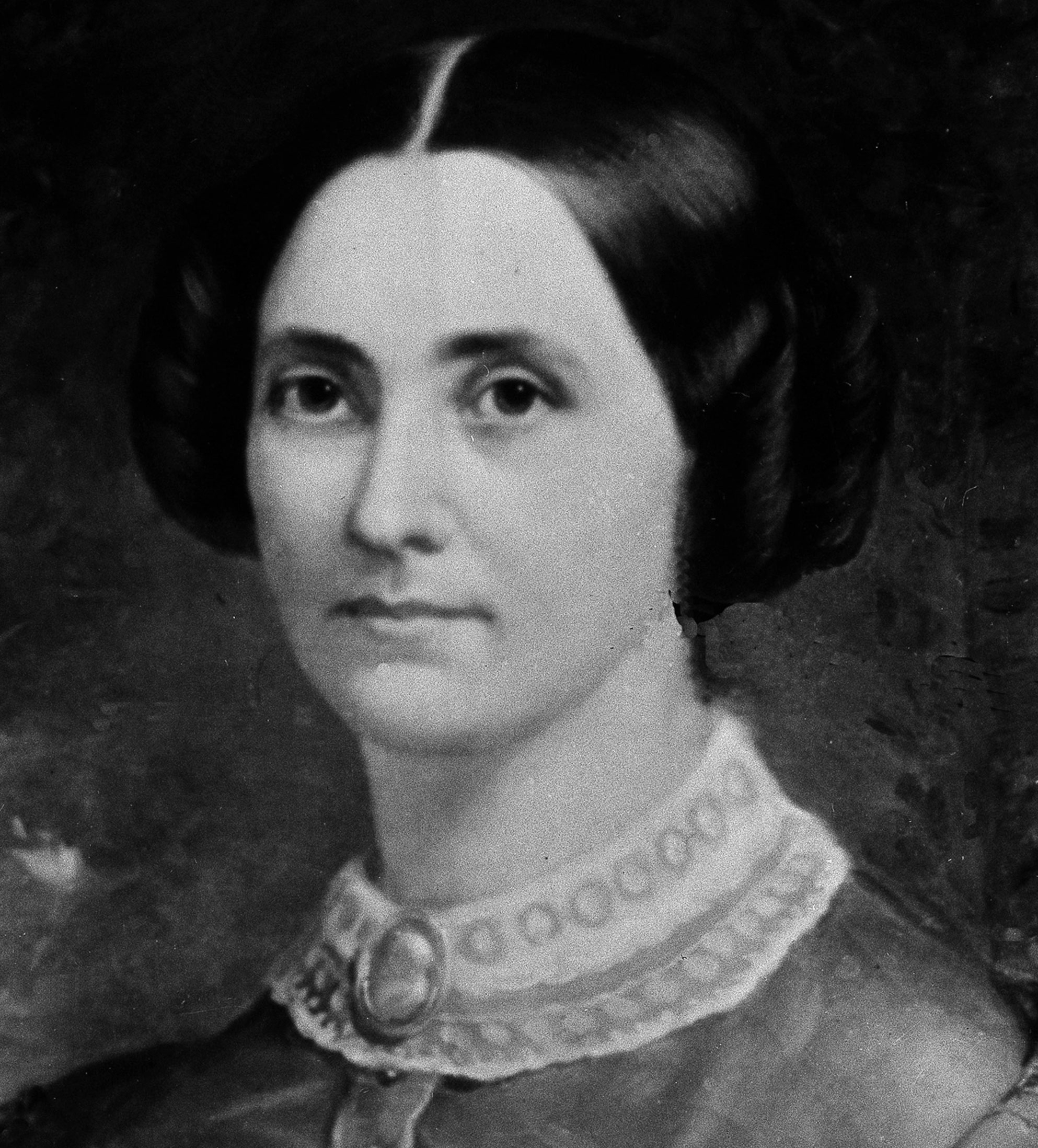
When she took a job at the U.S. Patent Office in 1854, Barton became the first woman to work in a substantial clerkship in the federal government at the same salary as men. Later, though, because of opposition to women serving in government, she was demoted to a copyist position. Barton served as a volunteer nurse during the Civil War, winning fame as the “Angel of the Battlefield.” After the war, she set up the federal Office of Correspondence with Friends of the Missing Men of the United States Army, where she and her assistants answered more than 63,000 letters and identified over 22,000 missing soldiers. Barton later went on to head the American Red Cross.
Hubert T. Bell
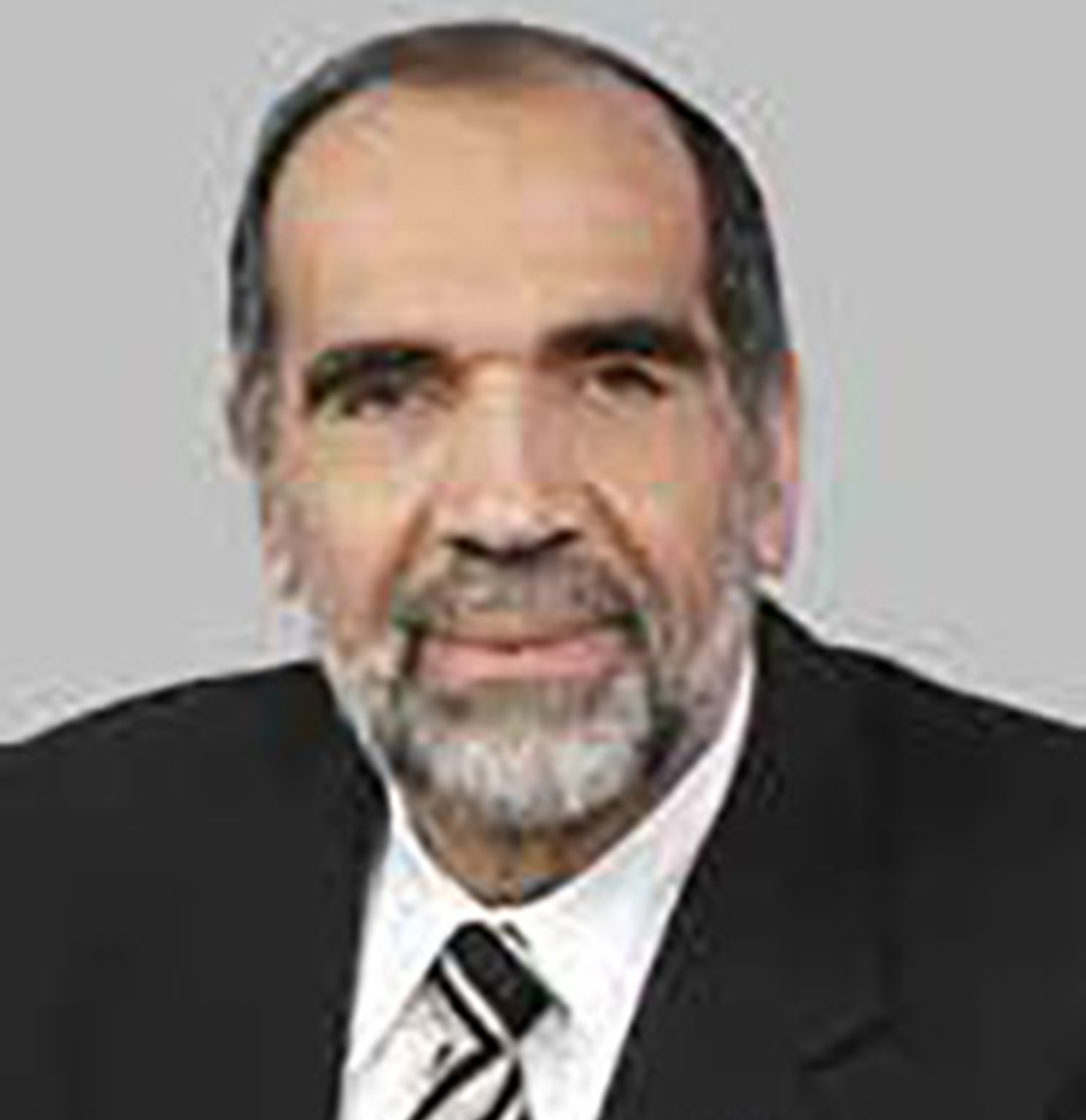
Bell’s 54 years of distinguished federal service included 29 years in the U.S. Secret Service followed by 22 years as the inspector general of the Nuclear Regulatory Commission. He broke barriers by being selected to protect then-Vice President George H.W. Bush as the first black Secret Service agent to head a vice presidential protective detail. In 1996 he was nominated by President Bill Clinton to be the IG of the NRC. Upon his retirement in 2018, Bell was widely recognized as a trailblazer in federal law enforcement who spearheaded the advancement of minorities and women.
Anthony Fauci
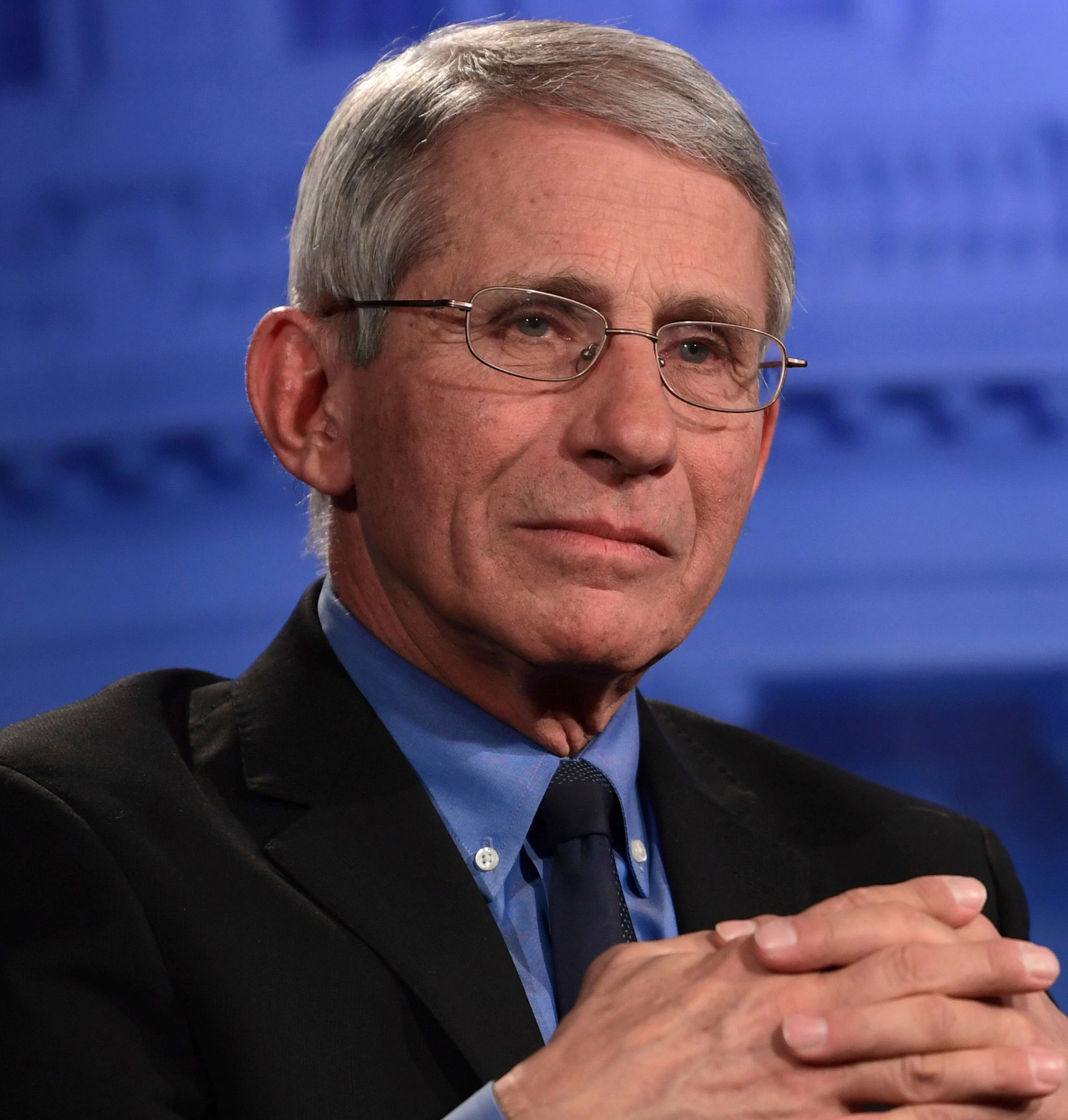
Fauci is an immunologist who helped pioneer treatment for AIDS. Since 1984, he has headed the National Institute of Allergy and Infectious Diseases, where he administers basic and applied research into sexually transmitted infections, influenza, tuberculosis, malaria and illnesses from potential agents of bioterrorism. Fauci has made many significant scientific observations that underpin the current understanding of the regulation of the human immune response. He has advised five presidents on global HIV/AIDS issues, and has won several major honors and awards, including the Presidential Medal of Freedom.
Robert Gates
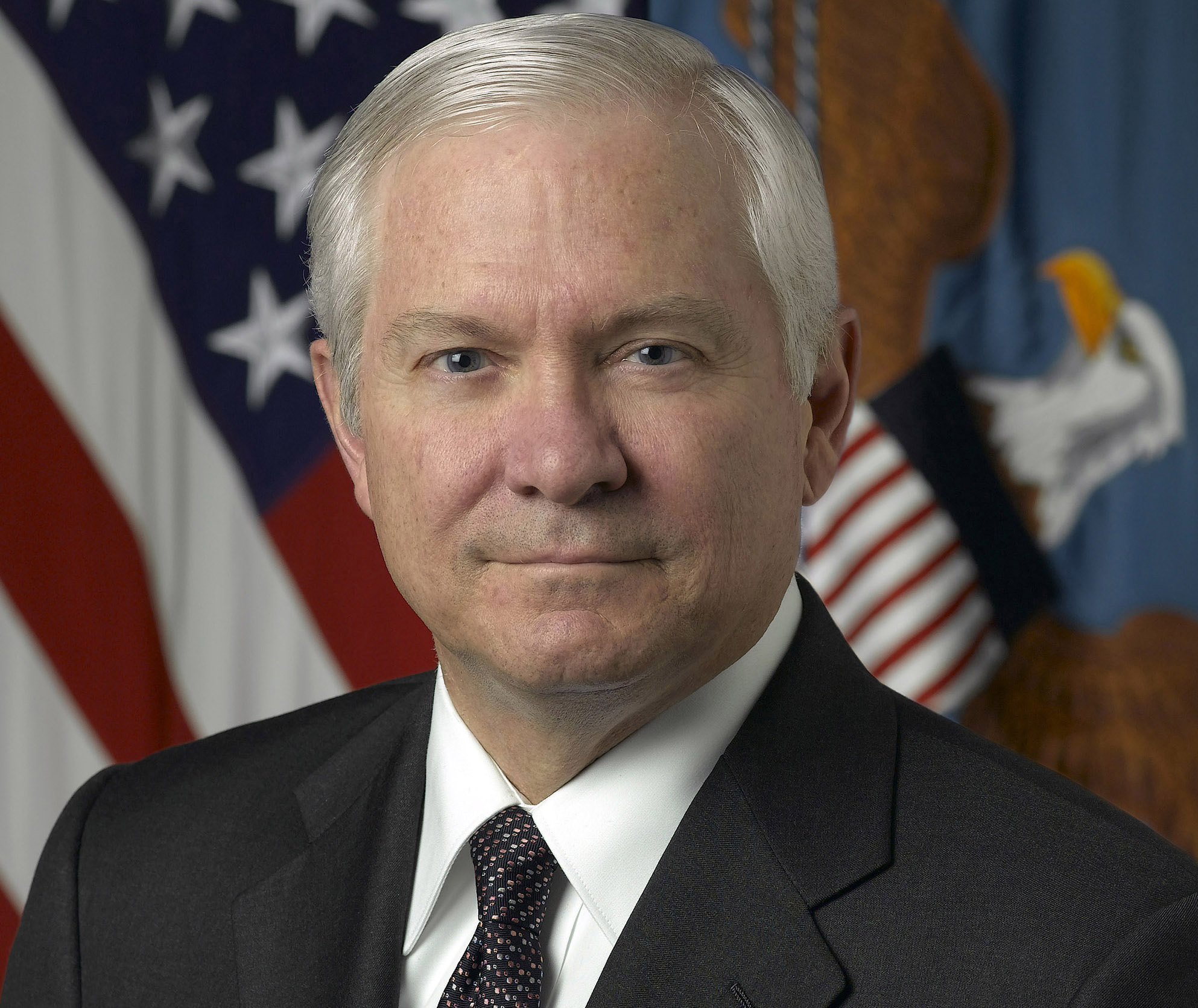
Gates’ long and distinguished career in public service culminated in his tenure as Defense secretary from December 2006 to July 2011, under Presidents George W. Bush and Barack Obama. He joined the Central Intelligence Agency in 1966 and spent nearly 27 years as an intelligence professional, including almost nine years at the National Security Council. Gates was director of central intelligence from 1991 until 1993, and is the only career officer in the CIA's history to rise from entry-level employee to director.
Grace Hopper
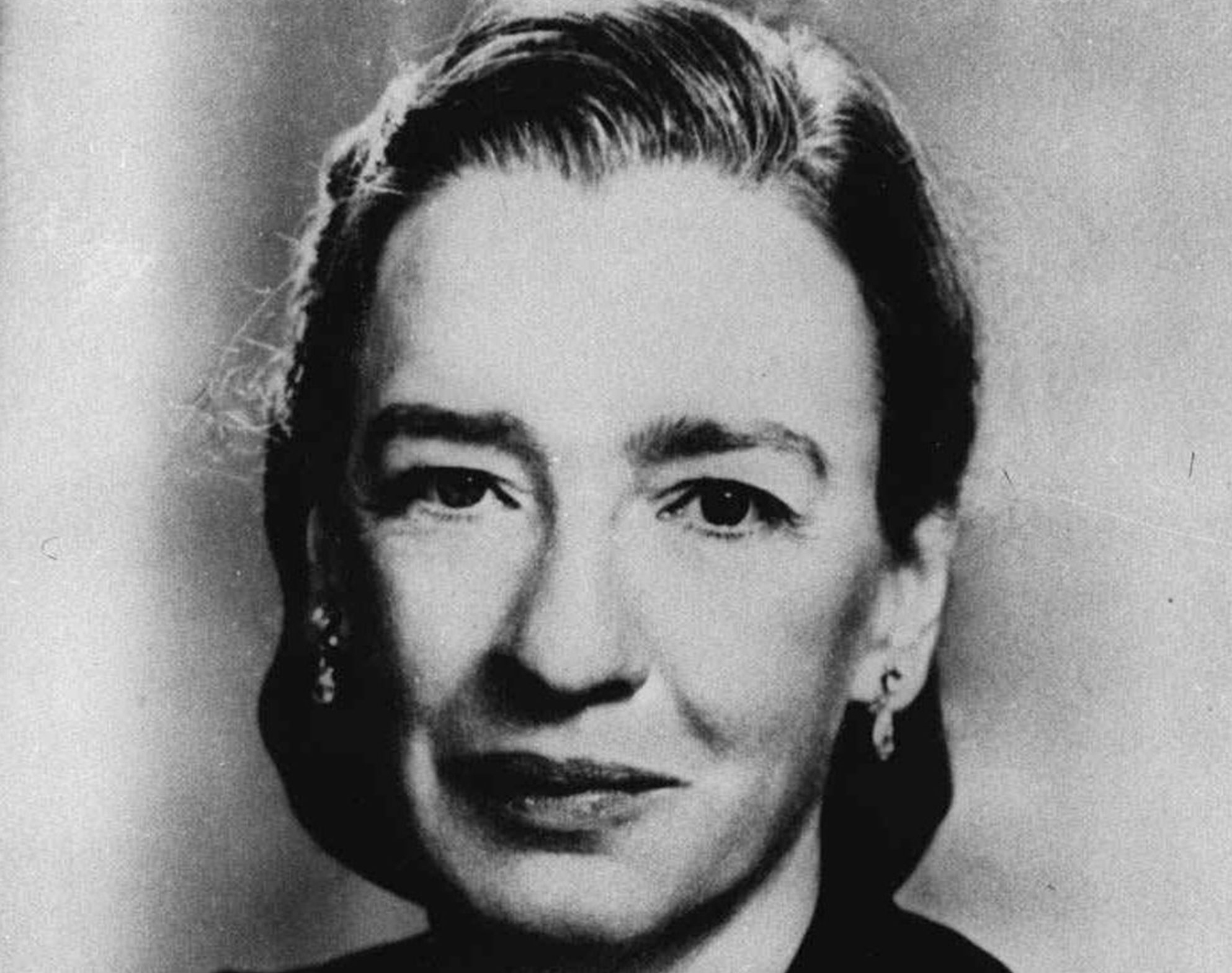
Commissioned as a Navy officer during World War II, Hopper led a team that produced the Mark I, an early prototype of the electronic computer. She later co-developed the COBOL programming language. Hopper went on to serve as director of the Navy’s Programming Languages Group. She was promoted to captain in 1973, to commodore in 1983, and to rear admiral in 1985. In 1991, she was awarded the National Medal of Technology, the first individual woman to receive the honor.
Dwight Ink
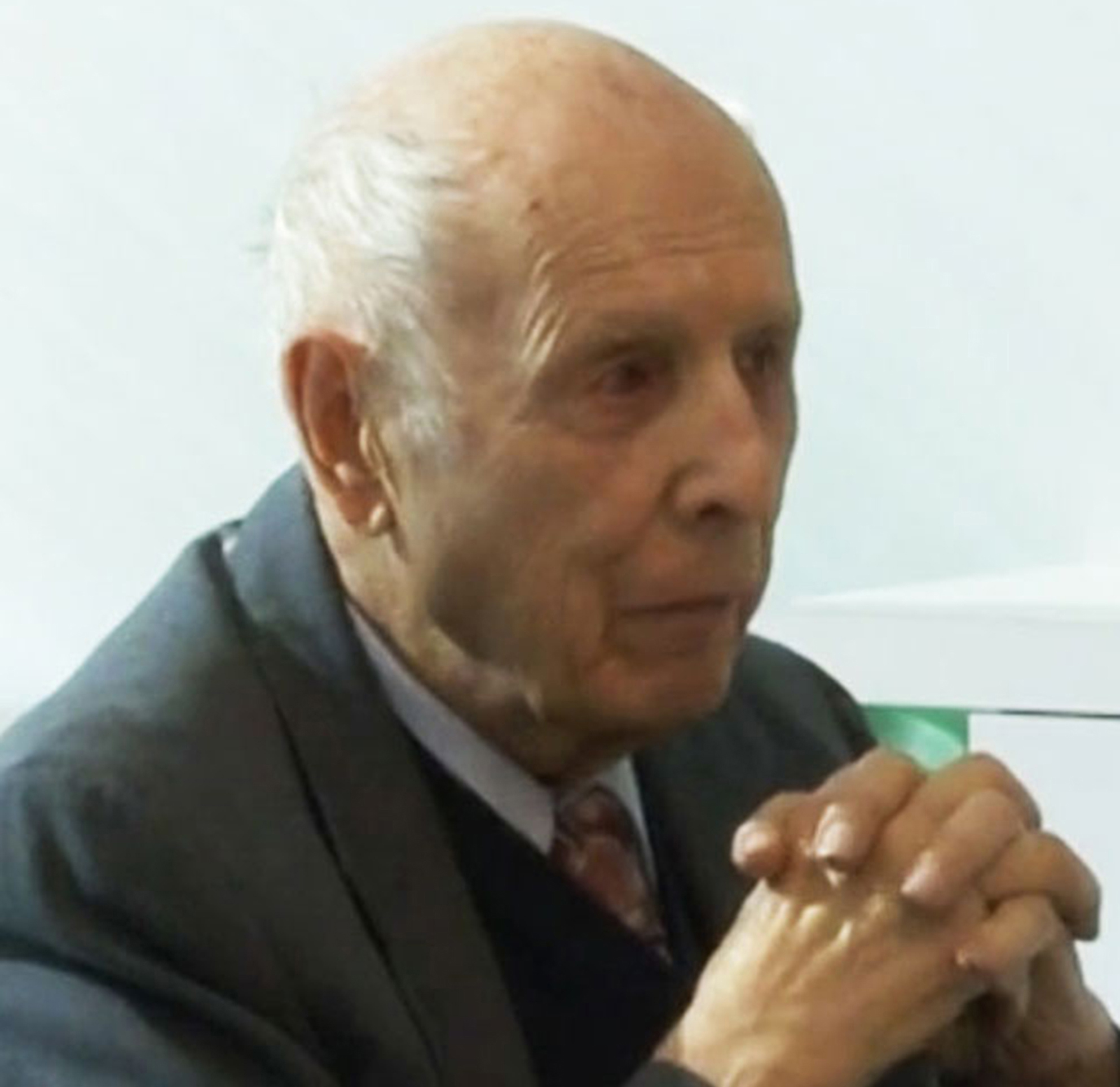
Known as "Mr. Implementation," Ink held positions in every presidential administration from Dwight Eisenhower to Ronald Reagan. He helped establish the Environmental Protection Agency and the Housing and Urban Development Department, and was instrumental in launching the war on poverty in the 1960s. He also led the recovery effort in Alaska following a major earthquake in 1964. Ink served as acting director of the General Services Administration under President Ford and helped implement landmark civil service reforms during the Jimmy Carter administration.
Katherine Johnson
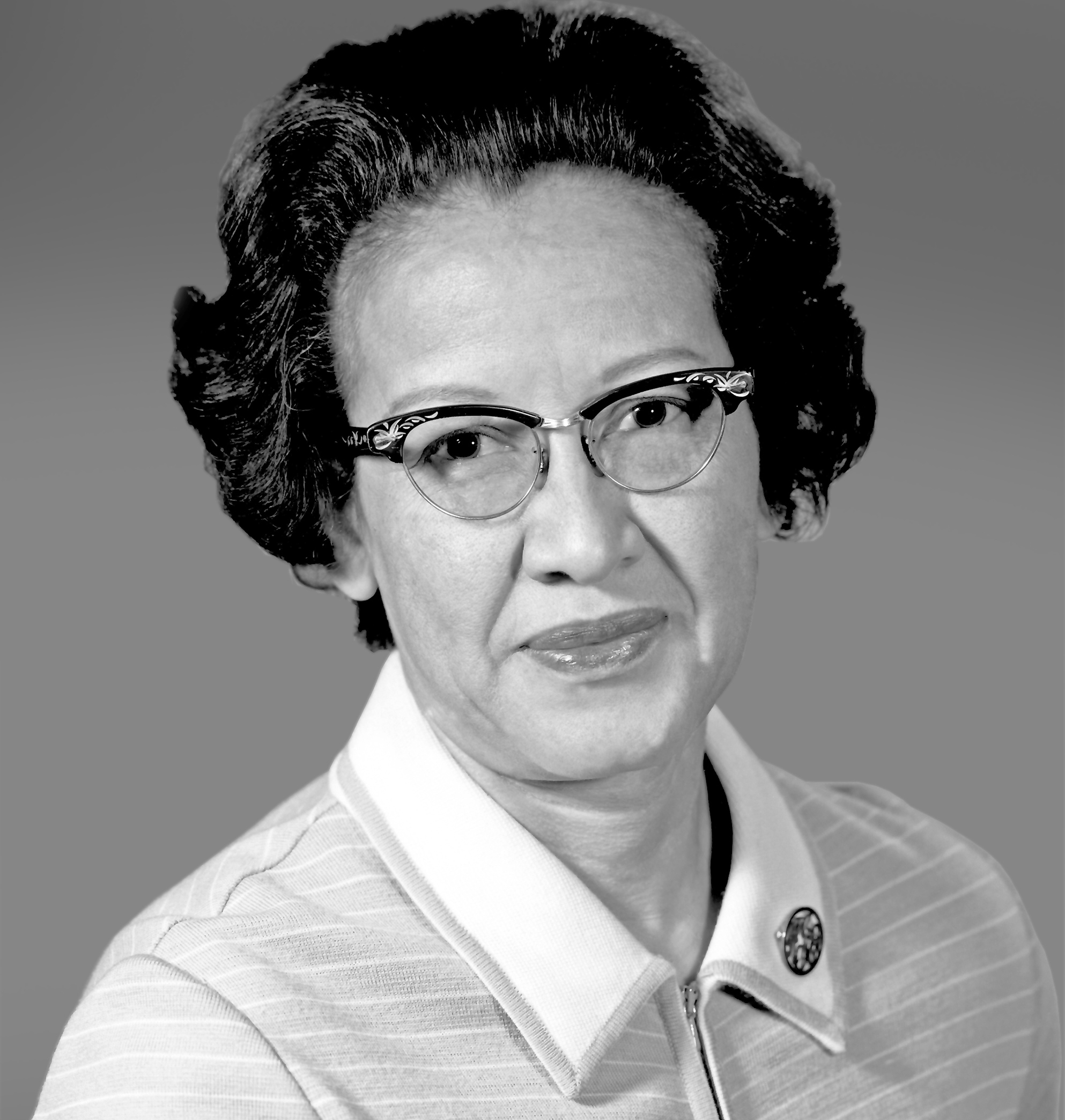
Johnson started her federal career of more than 30 years at the all-black West Area Computing section at the National Advisory Committee for Aeronautics’ Langley laboratory. When NACA became NASA in 1958, she joined the agency, providing computational support for the emerging space program. Her work on John Glenn’s flight as the first American to orbit the earth was featured in the 2016 feature film Hidden Figures. Glenn refused to fly his spacecraft until Johnson had verified an electronic computer’s work. She later worked on calculations to sync spacecraft in the Apollo program.
Norman Mineta
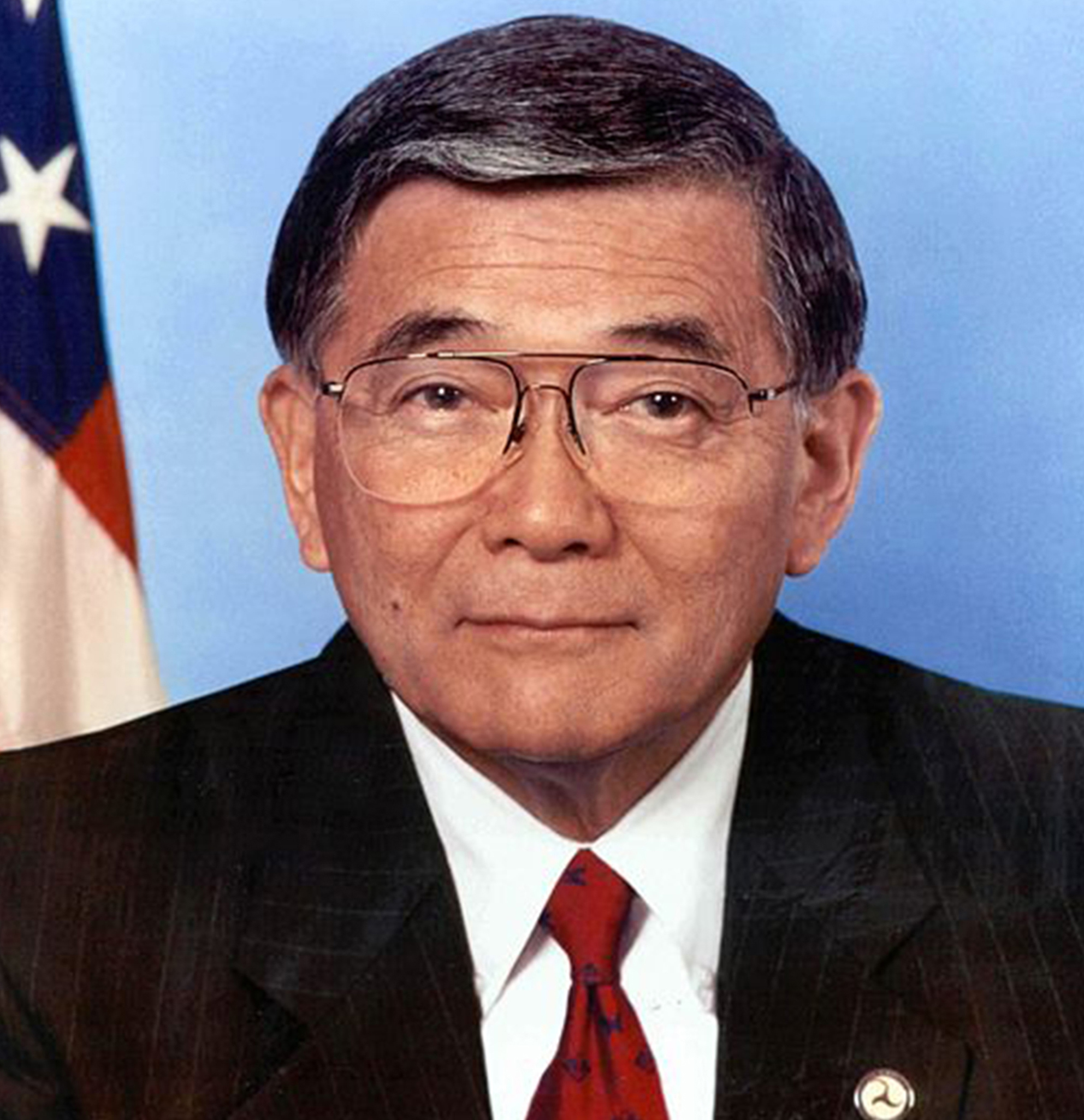
After spending part of his childhood in an internment camp for Japanese-Americans during World War II, Mineta devoted his life to public service. He served as an intelligence officer during the Korean War, and later became the first Asian American elected mayor of a major American city (San Jose, California) in 1971. Mineta was later elected to the U.S. House of Representatives, where he served from 1974 to 1995. He then was named secretary of Commerce in the Clinton administration and Transportation secretary under President George H.W. Bush, where he was the longest-serving secretary in the department’s history.
Constance Berry Newman

Having begun her federal career as a secretary at the Interior Department in 1962, Newman worked her way up to earn seven presidential appointments. She was nominated by President Richard Nixon to serve as director of VISTA and later as a member of the Consumer Product Safety Commission. Newman was later an assistant secretary of Housing and Urban Development and director of the Office of Personnel Management under President George H. W. Bush. From 1992 to 2000, she served as undersecretary of the Smithsonian Institution. She was assistant secretary of State for African affairs in 2004-05.
Frances Perkins
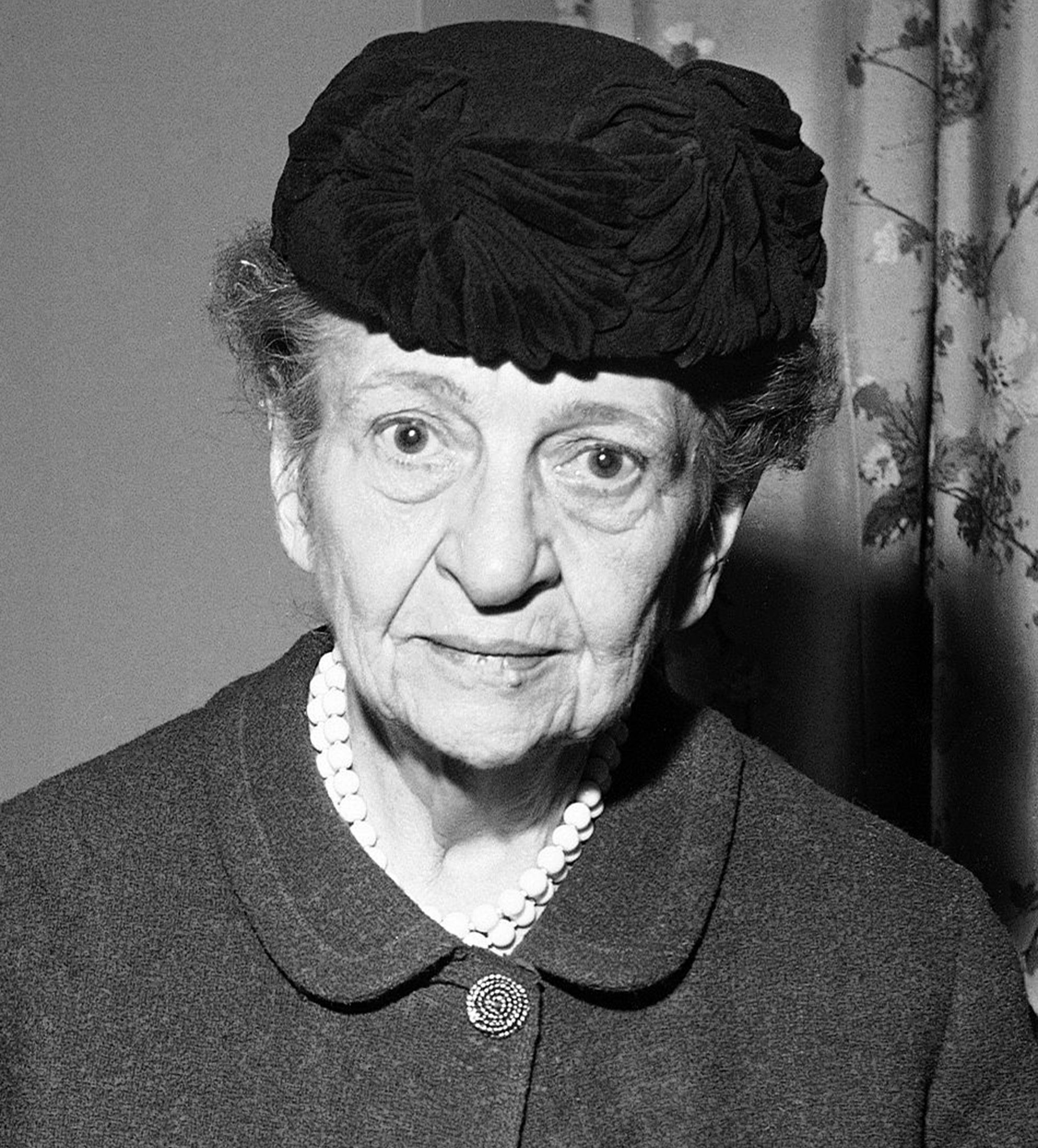
The first woman appointed to a Cabinet position, Perkins served as Labor secretary from 1933 to 1945, the longest tenure of anyone in the job. She was a strong advocate for public works programs to address the impact of the Great Depression. Perkins oversaw the implementation of several key aspects of the New Deal, including the Civilian Conservation Corps and the Works Progress Administration. She also executed several landmark pieces of legislation, including the Social Security Act and the Fair Labor Standards Act. Following her Cabinet career, Perkins was appointed to serve on the Civil Service Commission.
Colin Powell
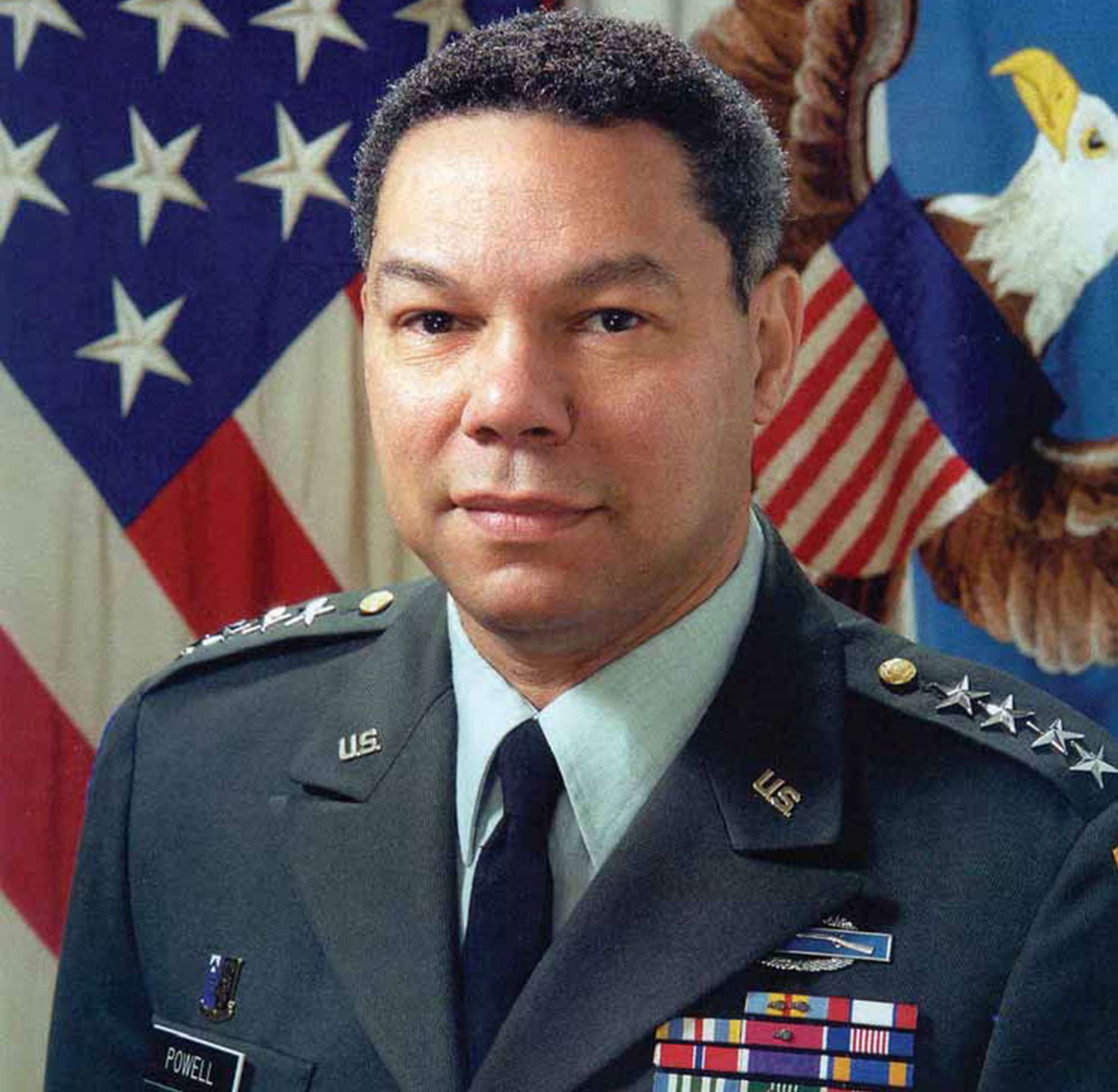
Powell’s 35 years of service in the Army included two tours of duty in Vietnam. He became President Reagan's deputy national security adviser in 1987, and national security adviser in 1988-89. In 1989 he was promoted to the rank of general, and was appointed by President George H.W. Bush to be chairman of the Joint Chiefs of Staff. In the four years Powell served in that capacity, he oversaw 28 crises, including Operation Desert Storm in 1991. He later served as secretary of State under President George W. Bush from 2001 to 2005.
Elliot Richardson
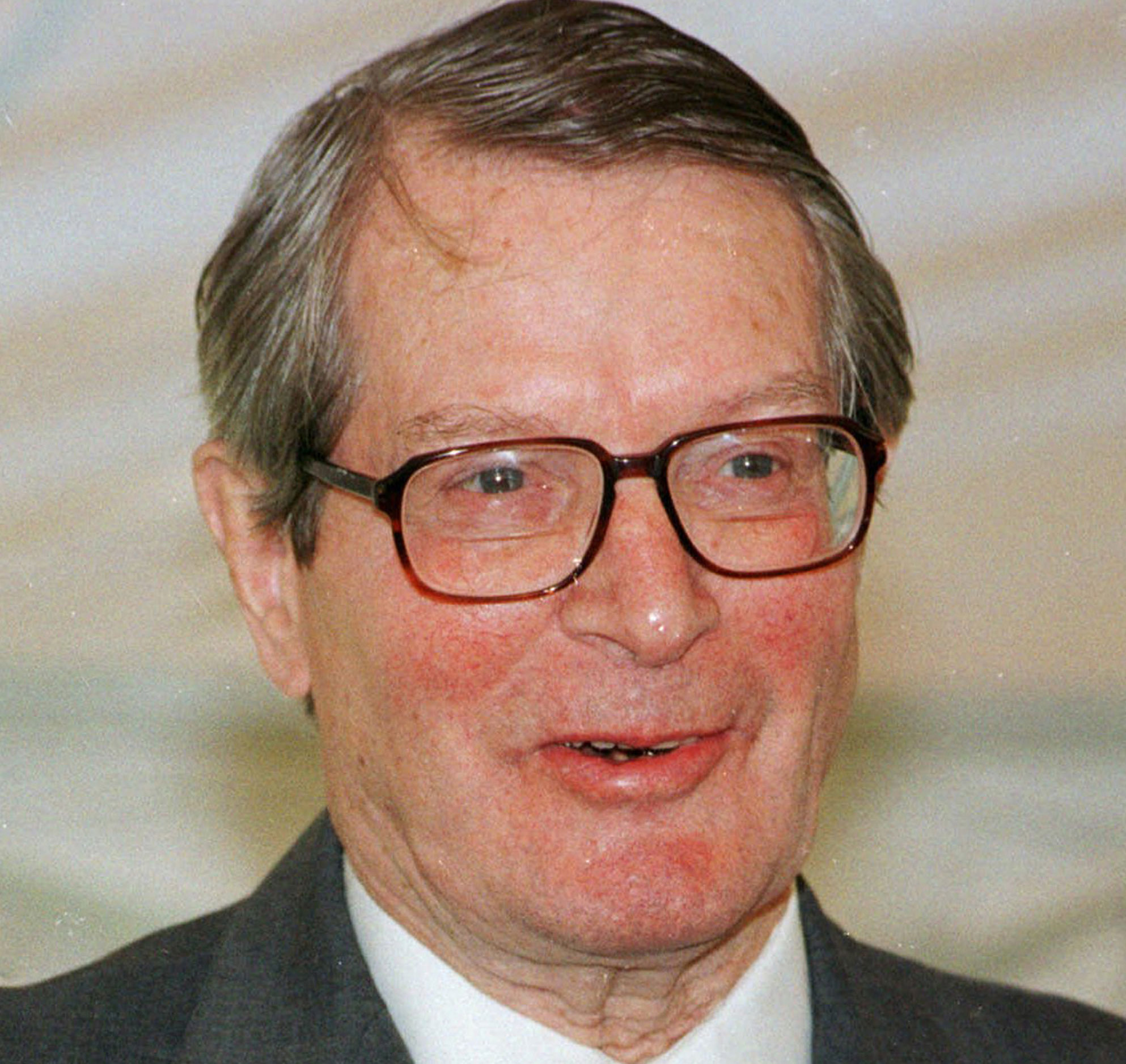
Richardson served as head of four different Cabinet departments and passed one of the greatest ethics tests in the history of government when he resigned as attorney general rather than fire Watergate prosecutor Archibald Cox in 1973. He was awarded the Bronze Star for his service as a combat medic in World War II, then clerked for Supreme Court Justice Felix Frankfurter. After his resignation during Watergate, Richardson served in the Gerald R. Ford administration as secretary of Commerce. He was awarded the Presidential Medal of Freedom in 1998.
Alice Rivlin
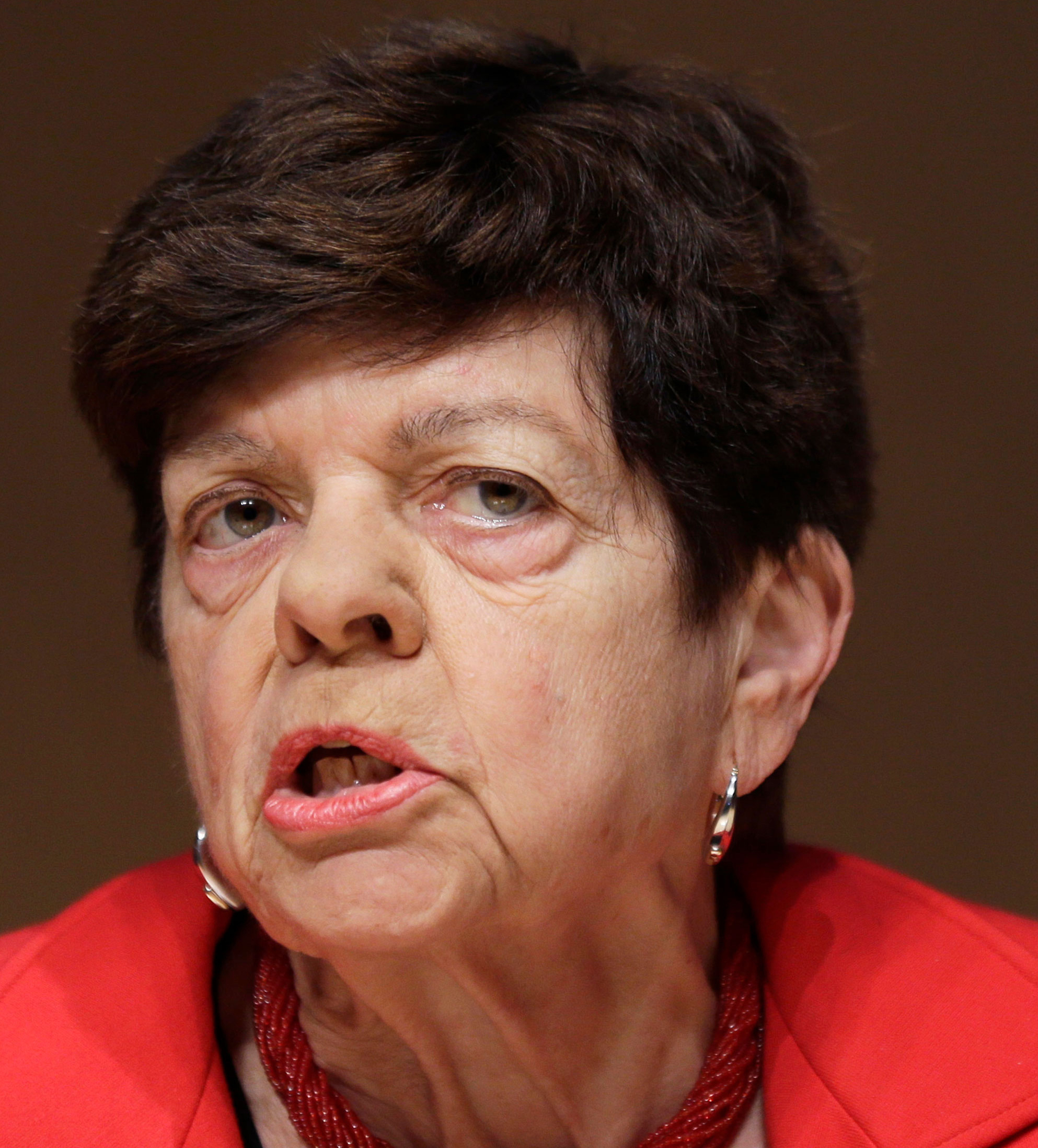
A fiscal and monetary policy expert, Rivlin was founding director of the Congressional Budget Office. There, she earned credit for establishing CBO as an authoritative and bipartisan source of fiscal analysis. Earlier in her career, Rivlin was an assistant secretary in the then-Department of Health, Education and Welfare in the Lyndon B. Johnson administration. Later, she served as director of the Office of Management and Budget under President Clinton and as vice chairwoman of the Federal Reserve. During the District of Columbia's financial crisis in the late 1990s, Rivlin chaired the city’s Financial Responsibility and Management Assistance Authority.
Theodore Roosevelt
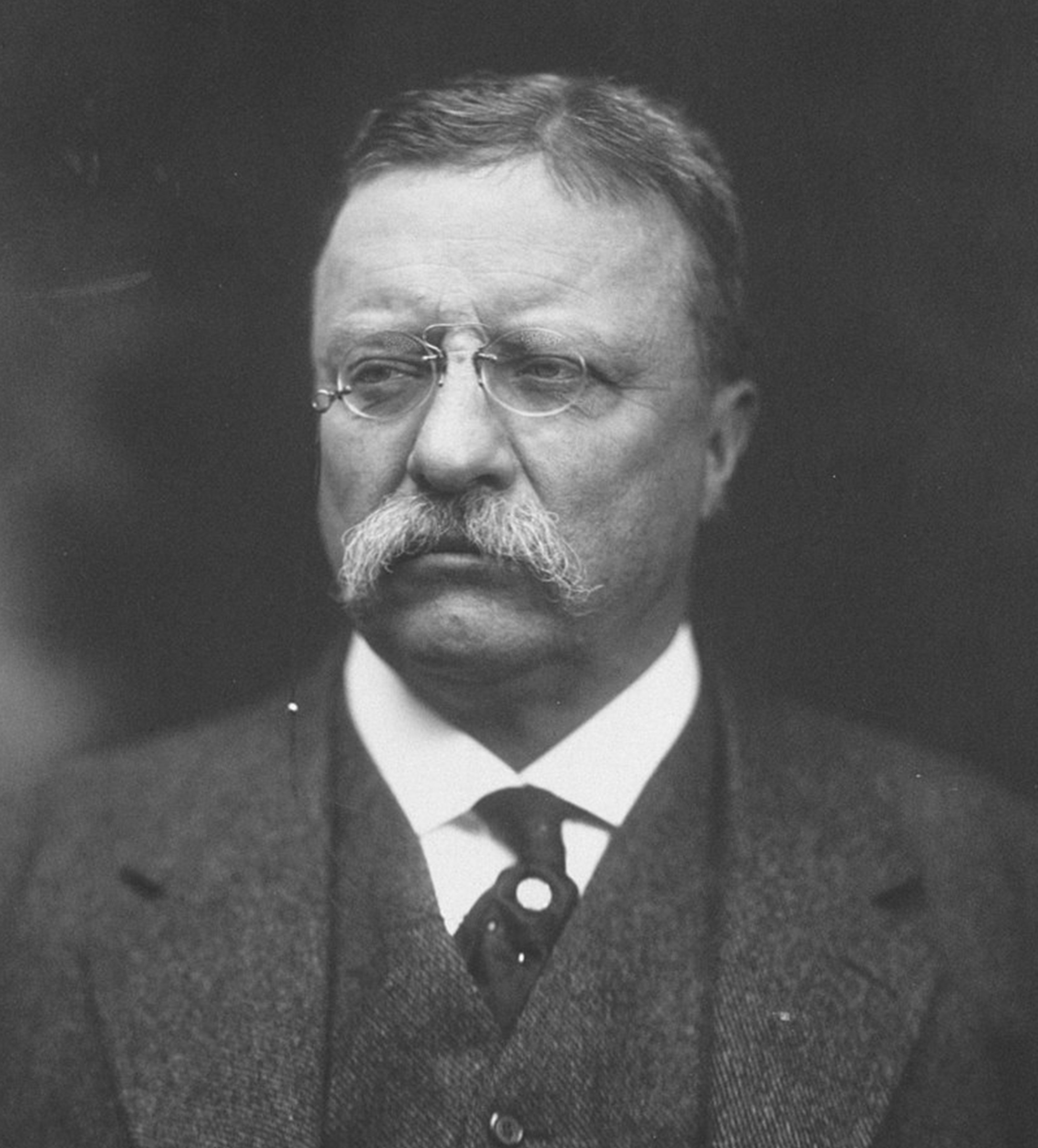
In the years before he became president, Roosevelt spearheaded the introduction of the merit system in the civil service. He was appointed a member of the Civil Service Commission in 1889 by President Benjamin Harrison and later became its commissioner. He was named an assistant Navy secretary before his famous exploits as a Rough Rider in Cuba during the Spanish-American War. In 1900, Roosevelt won election as vice president to President William McKinley, whom he succeeded following McKinley's assassination in 1901. The Office of Personnel Management headquarters building in Washington is named in Roosevelt’s honor.
Donna Shalala
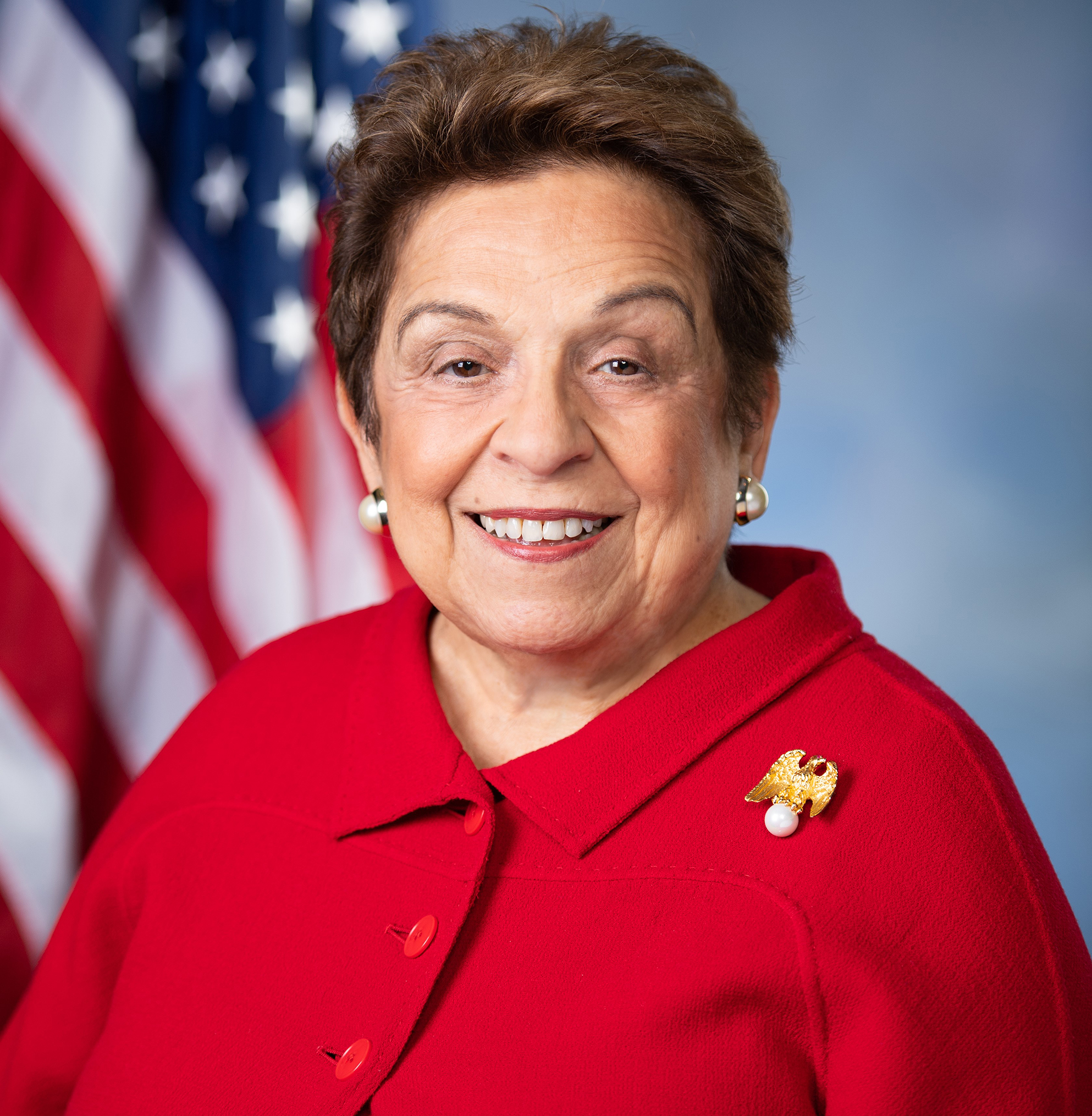
After a lengthy career in academia, Shalala served as secretary of Health and Human Services for the full eight years of the Clinton administration. At the end of her tenure, the Washington Post described her as “one of the most successful government managers of modern times.” She started her federal service as one of the first volunteers in the Peace Corps from 1962 to 1964. In 2007, President George W. Bush appointed Shalala to co-chair the President's Commission on Care for America's Returning Wounded Warriors. In 2008, she was awarded the Presidential Medal of Freedom. Shalala was elected to the House of Representatives from Florida in 2018.
Susan Solomon
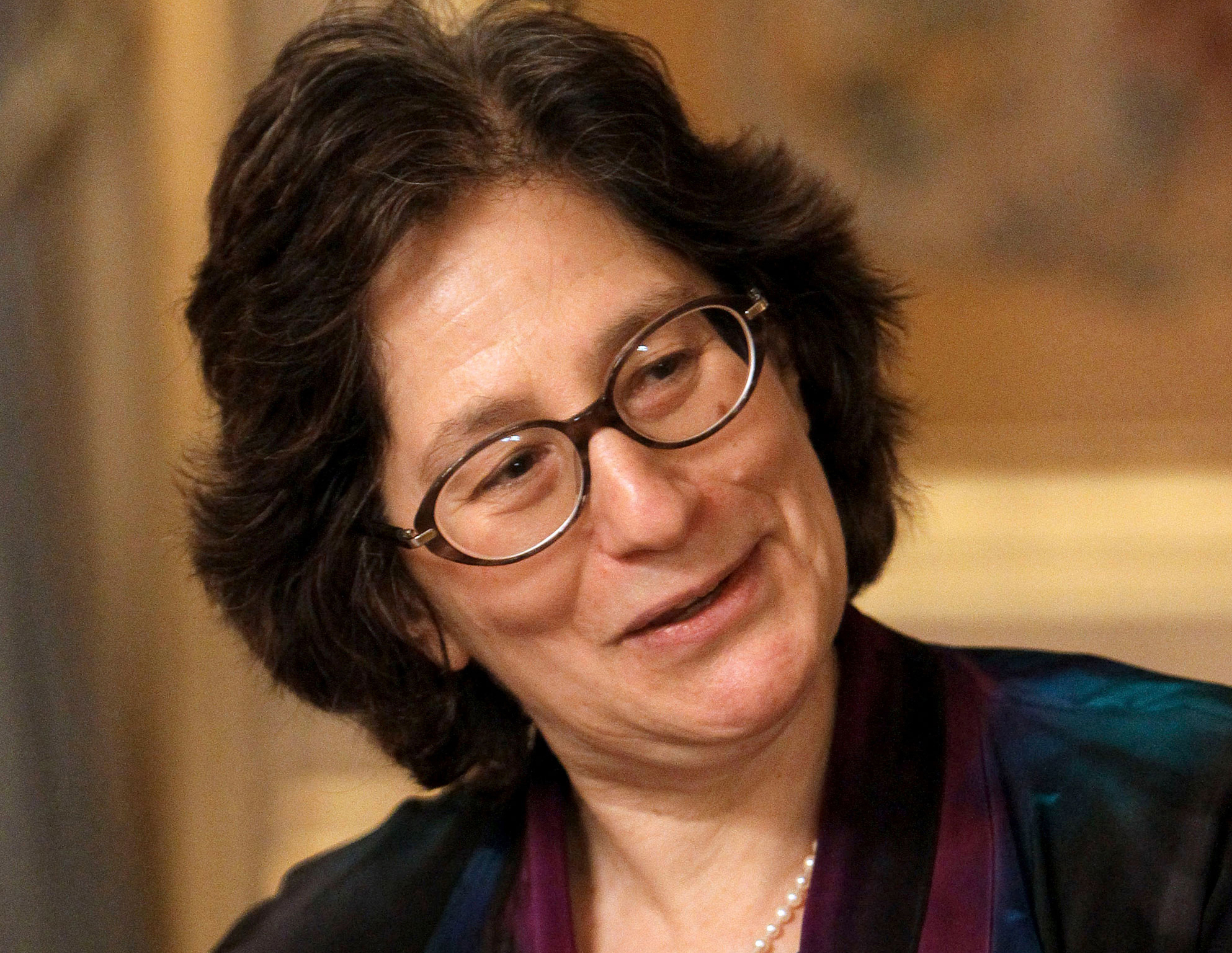
In nearly three decades as a scientist at the National Oceanic and Atmospheric Administration, Solomon led research efforts on the causes of the Antarctic ozone hole, identified the chemicals contributing to the problem, and made significant advances in the understanding of climate change. In 2002, Discover magazine named her one of the 50 most important women in science, and in 2008, Time magazine selected her as one of the 100 most influential people in the world.
Paul Volcker
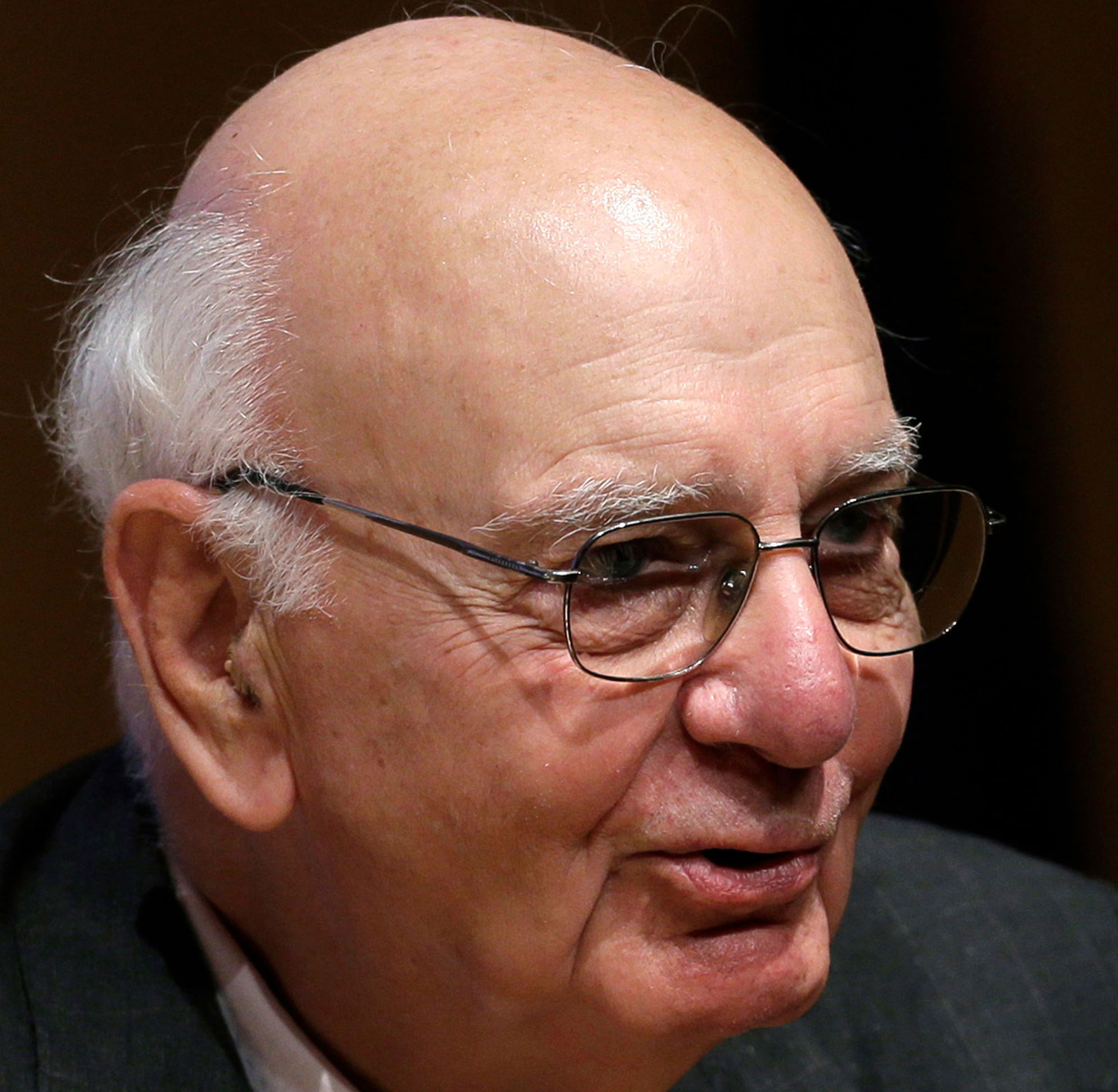
Volcker served in the federal government for almost 30 years, including two terms as chairman of the Board of Governors of the Federal Reserve System from 1979 to 1987. He also was an undersecretary of the Treasury from 1969 to 1974. After his service in government, Volcker dedicated himself to improving and modernizing the civil service, serving as chairman of the National Commission on the Public Service and later creating the Volcker Alliance, whose mission is to advance effective management of government to achieve results.


